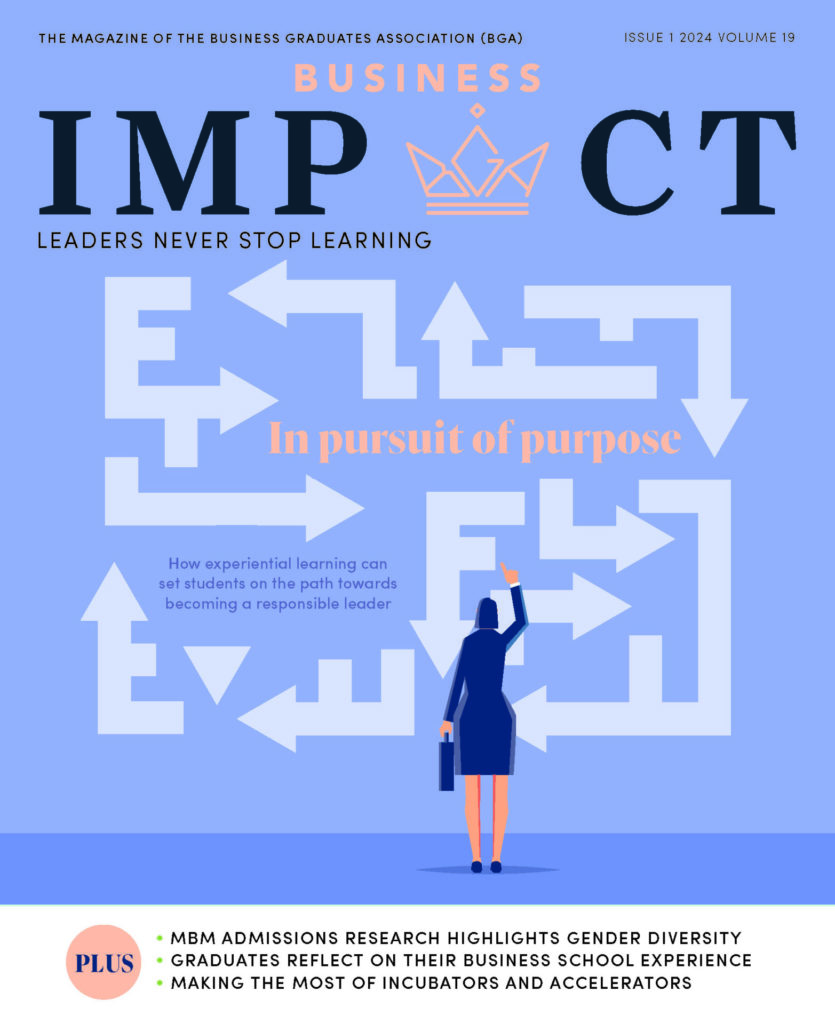To help address the under-representation of female employees in the leadership decision-making of the organisation I work for, we have embraced reverse mentoring. This is where the mentee is the older or more senior person in the pair, and the mentor is the younger or more junior person. Although we didn’t introduce reverse mentoring solely to encourage gender equality, it has played a key role in achieving just that – motivating a significant number of women to progress their careers with us. This under-representation has been my most significant and pressing strategic issue since our business grew to 150 people through a number of acquisitions, resulting in an executive committee made up entirely of men. If resolved, it could ultimately avoid the risk of male groupthink.
Gaining insight and overcoming challenges
In reverse mentoring, the payoff for the mentee is that they gain insight into a different generation or culture and find out more about practices and ideas from someone outside their typical circle. Given the current situation in our industry (the financial services sector, which has traditionally been a very male dominated industry) women are more likely to be the mentor in this pairing. That has allowed senior male staff to gain insights into the lives, challenges, pressures, and ambitions of younger women in the business. The different perspectives also ensures there are no blind spots within the senior management team’s thinking.
Senior managers can learn from a female mentor about things that their customers might also be experiencing, feeling, believing, or liking. In the mentor role, women can gain visibility with the senior management team, displaying the talent that the company is developing as they look to the future.
Reverse mentoring can be challenging, and some of the first few meetings can be uncomfortable, or even awkward. The senior manager may struggle with taking advice from someone who is in a more junior role in the organisation. A more junior employee may not feel comfortable with being transparent about their concerns and priorities, or with challenging the thinking of someone who could hinder their career. The most important factor that will shape these meetings in the positive manner intended is mutual respect. Having respect for one another is a hallmark of a mentoring relationship, no matter who the mentee or mentor are. Respect for one another will show up in how the pair speak to one another, listen to one another, treat one another, and treat their relationship. With respect, comes trust. When mentees and mentors believe the best in someone and know they are open to giving or receiving feedback, open to learning from or teaching something to their partner, and acting with the best intentions, they build trust in them. This trust may not come easily, but it is essential for a mentoring relationship to work.
Improving team communication
At the same time as introducing reverse mentoring, our organisation also changed its business meeting structure. Meetings now begin with each attendee taking a minute or two to update the others on what’s happening in their life, particularly their personal development and wellbeing. Although there was some hesitance to this at first, everyone has now fully embraced the approach, not least because it signals that our priority as a business is the welfare of our people. Starting the meeting with a personal reflection breaks down reserve and sets the tone for the meeting. Then, when you reach the business section, people are much more transparent and responsive, and the meeting is far more productive. It also creates better understanding of what other pressures people in the team are dealing with in their lives. This can reduce disagreements and tensions, heading potential rifts off at the pass. Knowing what issues they are facing also gives insights into how to manage individuals in that team. It has improved team communication and increased openness and understanding. Critically, it has broken down the macho approach that’s so common in finance businesses, where sales and profit are the beginning, middle and end of meetings.
Women taking part in the reverse mentoring and new style of management meetings say that having their voices heard and valued has opened a door. Many have fed back that being involved in these meetings has increased their confidence and that participating in reverse mentoring has broadened their horizons.







